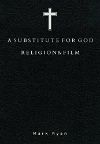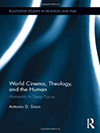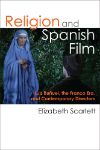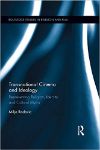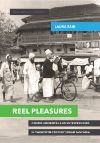Imaging the Ineffable: Representation and Reality in Religion and Film
There was an interesting conference in March, organized by Mahindra Humanities Center at Harvard University:
Imaging the Ineffable: Representation and Reality in Religion and Film
The invitation reads:
The paradox of showing what cannot be shown is a perennial issue in the fields of both Religion and Film Studies. In one of the most celebrated passages of Buddhist scripture, for instance, the sage Vimalakirti is asked to expound on the ultimate meaning of the Buddha’s teachings. Famously, Vimalakirti responds with silence, for the Buddha’s teachings are beyond words. In the same vein, the celebrated film critic and theorist Stanley Cavell argued that the unique feature of the filmic medium lies in its ability to show us what isn’t there; that is, to make absence present. This conference focuses on the intersection of religion and film in their aspirations to challenge the limits of signification.
The program includes these viewings:
- The Illuminations of Nathaniel Dorsky:
- The Return (27 min)
- August and After (19 min)
- April (26 min)
- The Old Lady: A Human Document, dir. R. Gardner (3 min 42 s)
- Flight of the Red Balloon, dir. Hou Hsiao Hsien (115 min)
- The Devotional Cinema of Nathaniel Dorsky
- Threnody (25 min)
- Alaya (28 min)
- Compline (19 min)
- Healing, dir. R. Gardner (8 min 57 s)
- The House is Black, dir. F. Farrokhzad (20 min)
- Waltz with Bashir, dir. A. Folman (90 min)
Get the full, PDF program from the conferencfe’s webpage.

